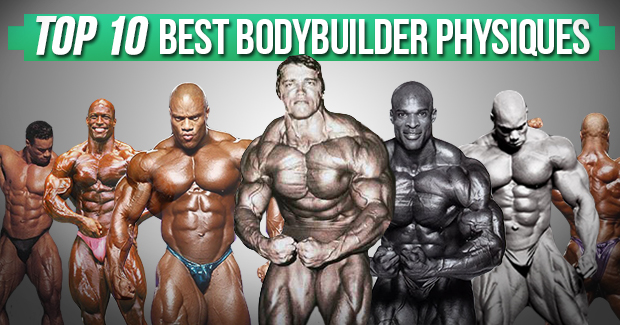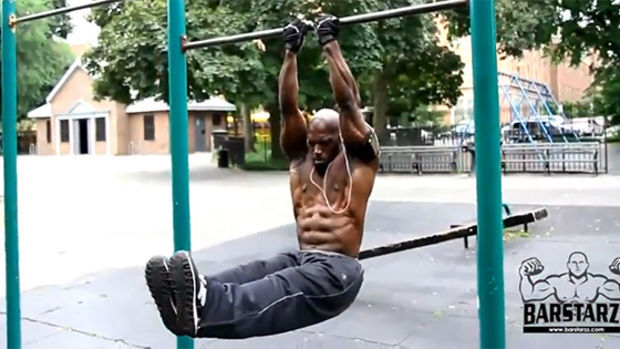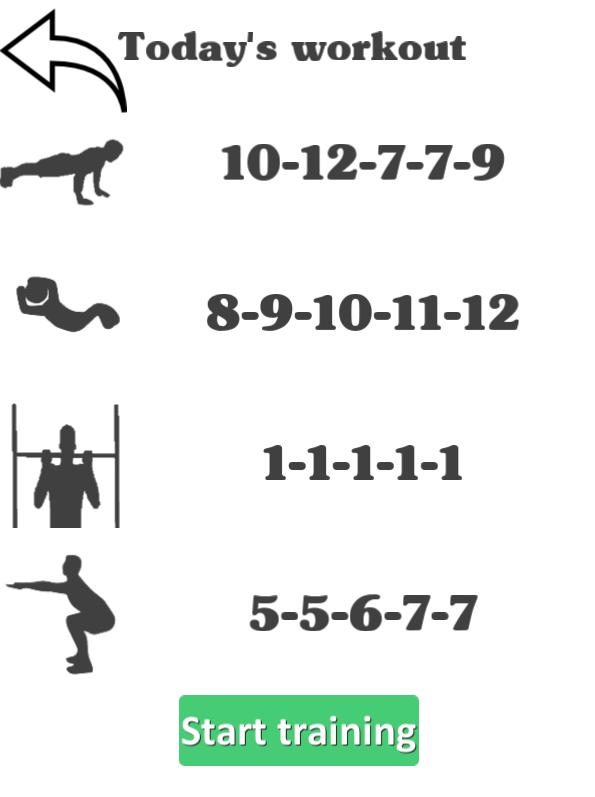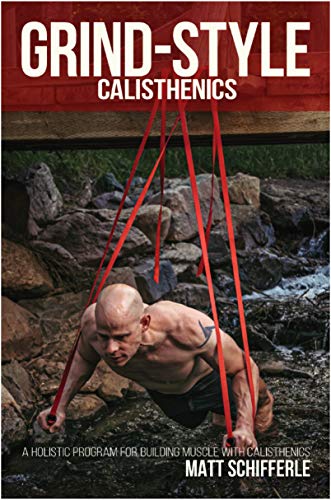The older I get (I’m 55) the less complexity I want in the things I like to do. In fact, nowadays I demand less complexity. My job (data analyst) is complex enough; I don’t have patience for complexity in my extracurricular interests. At work I’m known as a hard-core bike rider. That’s because I’ve been commuting by bicycle to work and back home again for the better part of 15 years and the non-lock-down distance is rather sizable (15 miles each way) and I tend to do it in all weather and shades of darkness.

Unfortunately, now I commute to the dining room table, but that’s a different story. And even though I’m known as a “serious biker” when I’m not stuck at home, I’m not a fan of the bike stuff that you typically see out on the trail: Technical bike-wear, gel packs, helmet cams, apps to measure “performance”, too small red bikes with straight forks and unforgiving geometry, little pink booties, trying to go as fast as you can even though it’s not a race, etc. I try to keep a kid’s attitude of get-on-and-go in whatever you’re wearing. I have the audacity of placing my everyday shoe directly on the pedal without any sort of click or wriggle. (Don’t get me wrong. I applaud you if the race mentality is your thing and provides you group membership. But for me it just makes bike riding, a simple activity, seem like it is supposed to be something much more complex than it is, and before you know it you’re hopping on your new $4000 eBike so it can look to others like you’re REALLY FAST without any effort at all.)

Similarly, I play electric guitar but I don’t like effects or pedals or modeling or sound sculpting. And I really don’t care about cars or big houses with lots of stuff. The older I get the more extreme this tendency is becoming. Variety is overrated.

This is probably one of the main reasons why I like calisthenics. You can do it anywhere in any clothing and it doesn’t require equipment. My interest in building muscle hasn’t changed since I started trying to do it some 38 years ago, but my methods sure have. Imagine this: to build a strong chest I used to believe that you had to have a flat bench, an incline bench, a barbell, at least 200 lb of free weights, and several dumbbells varying in weight from 40 lb to 85 lb each. And by weight-lifting standards, THAT’S simple and old school. Most bros would add cable machine and pec deck.

NOW what does it require in my opinion? The ground. Or the floor. And guts. And my chest is stronger now than it was thirty years ago. This is endlessly exciting to me.

But one of the pitfalls of aging, particularly when your interests are similar to those of your younger self, is that you can easily forget who you are and where you are in life and why you’re doing what you’re doing. Hm… maybe I SHOULD become a spandex-clad carbon bike riding leg shaver who puts some kind of yellow powder into his water bottle and posts every ride to Strava. After all, I’m a “huge bike guy”. Isn’t that what huge bike guys are supposed to be doing? Killing it and setting PRs and posting it? Influencing on their way to work? Well, luckily with biking I have managed to avoid this temptation.

And with guitar, I never learned to read music or play a certain style or cover other people’s songs. I like to make up my own stuff no matter how bad or wrong it might be. I started with blues, after all. But I’ve fallen victim more than once to the notion that I really SHOULD learn to read and compose music and play classical guitar for finger-style folk. And so I take lessons for a few weeks and it makes me miserable and helps me part with my hard-earned money until I remember what it is that I truly like to do and am sometimes fairly good at.

Something similar happens with calisthenics. I’ve been at this for the better part of ten years. Hadn’t I ought to be doing muscle-ups, hand-stands, front levers, pistol squats, and one-arm pull ups for all the world to see? In fact, that’s what the pros do. These thoughts occur to me on a fairly regular basis. In fact, I am certified as a progressive calisthenics instructor and have learned all the progressions that make up these advanced moves to the point that I can teach them to others. So why don’t I do them?

This thought bugs me every few months, sometimes to the point where I say “ok, I’m finally going to work on this stuff.” I’ve done that at least five times. It’s like I feel that I’m not legit if I don’t do the show moves. And then, like the guitar lessons, I try for a while and then realize (again) that this is not where my interest lies. Maybe it’s just too difficult and I get frustrated too easily, I don’t know. But I always I go back to doing what I was doing before, the basic moves for reps. And for a refresher, I make myself return to form. I’m a little sick of the skills, honestly. I really don’t need to see another handstand. (Maybe there is some jealousy here.)

So what am I doing? That’s the central point of this post. Bodybuilding, I guess you could say. And it is with some hesitation that I do use that term, as the image conjured is likely one of an oiled, shaved, spray tanned lump-monster with track marks and a Speedo, chasing the pump and worried that his traps aren’t big enough.

That’s not what I mean by bodybuilding, however, and it’s certainly not minimalist. The point is that I’m trying to get bigger and stronger muscles, to build my body. And not only that, I’m trying to do it in the simplest, most straightforward way. This is where I depart from skills training, which certainly gives you stronger muscles. But instead of working on these complex moves, I’m trying to cut through to the core of strength and muscle. And in the larger context of the fitness marketing empire industry, I’m cutting through the fluff and BS and fake science and dogma, and instead trying to get straight to the damn crux, and stay there. I only have water in my bottle rather than engineered powder that requires a subscription. Can I do with my little brain and a floor what reams of paper and racks of equipment and walls of books and bit-bins full of 1’s and 0’s preaching that you need finely tuned machinery, complex mathematical principles and hours of time per day to do? That’s the plan, and it’s really fun, I must say. I feel that I’m trying to do a service by showing how simple this can be, and how hard it SHOULD be.

I’ve seen SO MANY videos of creative personal trainers and Youtubers showing all these complex exercises with endless variety and glorious names. I’m dazzled by the possibilities. But I’m also overwhelmed. Am *I* supposed to be doing mountain climbers, skater squats, typewriter pull ups, egg beaters (I made that one up), Turkish get-ups, windshield wipers, the stomach vacuum, and the Norwegian double pyramid freak-out (also made up)? How many more of these moves do I need to learn? Am I getting my money’s worth when my personal trainer rolls out so many of these moves that I feel like I’m taking dance lessons and that I need to take notes and go home and study every night? Do I need a choreographer? It depends on your goals, but I strongly suspect not.

I guess it might be a little boring to say it, but I believe that the basic moves are all you need and that there are 3-5 basic moves that are necessary for building strength and muscle. And they don’t have fancy names or multiple components. And the real value is in the individual set-by-set and day-by-day effort. In fact, I’d even go so far as to say that the more basic the move is, the more valuable it is for building muscle. And by the way, those basic moves are the push up, the dip, the pull up, the row and the squat. Put more simply, push, pull and squat.

Here’s how my simple little journey (which is anything but easy) has been going for the last 10 years and here’s where I think it’s headed. (And by the way, these lessons, if they are lessons, can easily be applied to things other than calisthenics, such as weight-lifting, cooking and ceramics.)
Phase 1 – choose and master the basic moves, perfect your form, figure out your preferences and stick with them, and build up volume by doing them as often as possible for multiple sets that do not go to failure. Really master the exercises. (Then, for me, wander in the desert without much aim for a long time… I don’t recommend this part).

Phase 2 – tear yourself away from endless volume and move towards high intensity, divorce yourself from the numbers, learn to gut it out, get hooked on failure, measure progress in tiny little increments. Endless volume is when you feel you should still be in the game but you’ve run out of ideas. So you repeat the thing that got you where you are over and over again as if you’re stuck in a loop. Instead, Phase 2 is about breaking out of that loop.

Phase 3 – once you’ve stopped progressing in Phase 2, find the perfect minimalist progressive overload workout where less is more, keep the form strict, don’t worry about big numbers, exaggerate the time between sets and the space between workouts, and take each set to failure or near it. I’d prefer just 3 exercises in total: one push, one pull and one squat. And probably only 3 sets per exercise, but feel how you feel and operate accordingly. Do it only as often as you are able to make progress at each session. Force yourself again and again to resist volume and variety for its own sake and stick with the plan. Return to form, again and again. Repeat. As progress stalls, increase days off.
With each new Phase of this plan, your workout duration and variety should halve and your intensity should double. Or more.
I am, right now, somewhere in the middle to nearing the end of Phase 2. Probably closer to the middle but I’m anxious to move on. And by the way, this whole thing looks a whole heckuvalot like the calisthenics version of bodybuilding according to Mike Mentzer.

Mike Mentzer was a thinking man’s bodybuilder from the Golden Era (1970s and 1980s). He was an eccentric pumped up genius philosopher. He is well known for being the only person to earn a perfect score in the Mr. Universe contest and also to have lost the Mr. Olympia title to an aging and not-at-all-in-his prime Arnold Schwarzenegger when he clearly should have won. It caused a permanent rift because Mentzer was able to show that the win was a gift to Arnold because he was famous and was not actually based on merit or hard work. Most importantly for present purposes, Mike Mentzer was a conventional wisdom buster, an outsider, a disrupter, who built his physique using rationalized methods that were his own and were at odds with what everyone else was doing at the time, which was all about volume. They worked out six times per week for several hours a day and with multiple exercises per body part and sets per exercise. Long story short, Mentzer’s Heavy Duty method advocated one very intense set per exercise, and one main exercise per muscle group, with intensity techniques such as forced reps, negatives, and rest-pause.

Here’s what the Phases described above have looked like for me over the weeks, months and years, and where I think they may be headed. There would be plenty of opportunity for you to learn from my mistakes here and to avoid wasting years of your time:
Phase 1 – I have detailed my years of calisthenics volume elsewhere. Suffice it to say that a typical day might be 275 push ups spread over the course of the day, or 10 sets of The Century, which was 40 squats, 30 push ups, 20 dips and 10 pull ups, spread throughout the day. This was great and helped me to understand the core exercises. Although I veered from the path plenty of times, I always came back to the three that I love the most: the diamond push up, the chin up and the squat. The great Hannibal for King, in his succinct manner, describes who the exercises should be done, and that they should be practiced for at least six months. In my case it was more like six years, but that’s just a lack of focus.
Phase 2 – several months ago I finally broke out of my volume spread throughout the day approach when I tried a 5MD. This is the five minute drill, and is 100 push ups and 50 pull ups in 5 minutes or less. I never was able to complete them in under five minutes, but I sure did learn a new concept: intensity. Although there is volume here too, the point is that most of the sets that you are doing are near or at failure and you are doing so within a very short period of time. My strength and growth started to jump start when I started doing variations of the 5MD. Importantly, however, I don’t see this kind approach as something I can do every day or even frequently. The burn out potential is way too high. Fortunately right around this time I read Grind Style Calisthenics, by Matt Schifferle. This is exactly what I needed, as it gave me a simple, three set technique to slowly build intensity without increasing volume. I quickly switched my workout to this approach and made steady progress. An excerpt is shown below and taking place from February, 2020 to April, 2020.

Workout 1 Example of Grind Style
Feet inclined diamond push ups: 1st workout – 14, 12, 11; 2nd workout – 14, 12, 15; 3rd workout- 15, 15, 15; 4th workout – 17, 15, 16; 5th workout – 20, 20, 20
Chin up: 1st workout – 12, 10, 9; 2nd workout – 12, 12, 14; 3rd workout – 13, 13, 13; 4th workout – 14, 14, 15; 5th workout – 17, 16, 15
One leg squat: 1st workout – 12, 12, 12; 2nd workout – 14, 13, 14; 3rd workout – 15, 14, 14; 4th workout – 17, 15, 15; 5th workout – 20, 20, 20
It’s notable that I was doing a 2nd workout on alternate days consisting of dips, rows and assisted pistol squats. I have a similar progression for this workout, but the point is that I was working the same muscle groups every day. Old habits die hard. At present I have grouped each exercise together and am only performing those exercises on the same day, like push/pull/squat split. I’m doing two working sets of dips and two working sets of push ups on push day, for example, each with strict form and slow cadence. Pull day is chin ups and rows, and squat day is a 1 minute isometric hold squat followed by max reps (currently around 25) and then two sets of assisted pistol squats. I’m going to failure or close to it in each set. Under this approach the rest is increased and progress of even a single rep from workout to workout is difficult. It’s making me sore, which I haven’t experienced in a long time.
Phase 3 – as progress levels off in Phase 2 I will move on to the third and final phase. I’m still planning this, but I do have enough experience to know that I should never say never. That is to say, I may bring back weights. Not gyms or equipment, but added weight. I used to say I would never do that (because it’s not necessary) but under my present way of thinking, it seems the simplest and most straightforward way to measure progress. Currently I am thinking that the entire workout will be weighted gymnastics ring dips, weight gymnastics rings pull/chin ups, and weighted dumbbell deadlift/squat (two heavy dumbbells on the ground, squat down and stand back up, repeat.) I may even do these on separate days. I would do three sets of maximum reps, going close to failure on the first two sets and all the way to failure on the third. I would do the workouts only as frequently as I am able to add weight each workout. This is very similar to the workout advocated in Mike Mentzer’s last book “The Wisdom of Mike Mentzer“. I may decide to avoid the weight but I’m not sure what that would look like and how easy it would be to make incremental progress. For example, it’s difficult to progress dips other than improving form and slowing the tempo, which is difficult to measure.
Conclusion
I have a poor track record of sticking with a program for any length of time, and with measuring my progress, but this one has had me excited and engaged for quite a few weeks now. That’s a promising sign. I also have felt over the months that the haphazard volume approach I had been taking for years really can’t lead anywhere. Of course it’s always useful to be doing some kind of exercise, but it’s far more useful to be working on a plan and sticking with it. Furthermore, the Phase 3 component can offer many months and years of progress and the more progress that’s made, the less that needs to be done. Makes sense.
Fantastic post. Truly you and I have very similar experiences with our training and diet styles. I’ve done various methods over the years, fluctuating from low volume, high volume, high frequency, low frequency and anything in between. Currently I’m doing a total body every day (5 days a week) routine with 2 sets per exercise of ring Pullups, ring Dips, Pistols, Pushups, Rows and hanging leg raises. It’s going well and I’m able to recover nicely because I’m doing it easy strength style (a routine by Pavel/Dan John) where by I don’t push any of the sets beyond about 70-80% intensity and just add reps when it feels easier. This feels good but I do have a nagging thought in the back of my mind that training the same muscles/exercises every day isn’t good for my joints. I’ve tried the push, pull, legs split in the past and it works well. It’s something I’ve been thinking about doing again myself actually. And also I have a plan in place to progress my exercises by adding weight. Seems like we’re both on the same path!?
Keep going, and don’t let distractions (external and internal) sway you from the route you’ve laid out for yourself. It’s simple and sound and they’re always the best in my opinion. Even if I forget that from time to time. K.I.S.S (Keep It Simple Simon/Stephen).
LikeLike
Indeed, this does sound very familiar to me. Great to know there are kindred spirits out there. And by the way, I’d probably argue that your approach of working the same muscles every day is better for joints rather than worse. As long as you are not going to failure. My joints are a bit crankier now with my abbreviated but intense approach. But it was indeed time to try this… keep it up.
LikeLike
i am gonna do this till failure thing and see how it goes, i tried it in past but didnt know what i was doing i was just playing around, but let me tell you it in that time my muscles started to grow, it makes sense, you must push till limits and fail so that you can overpass the limits next time, thanks bro.
LikeLike
Yeah, thanks for your comment. I’m going to move back to this too. I had moved away from it but it’s time to get back. Keep me posted.
LikeLike